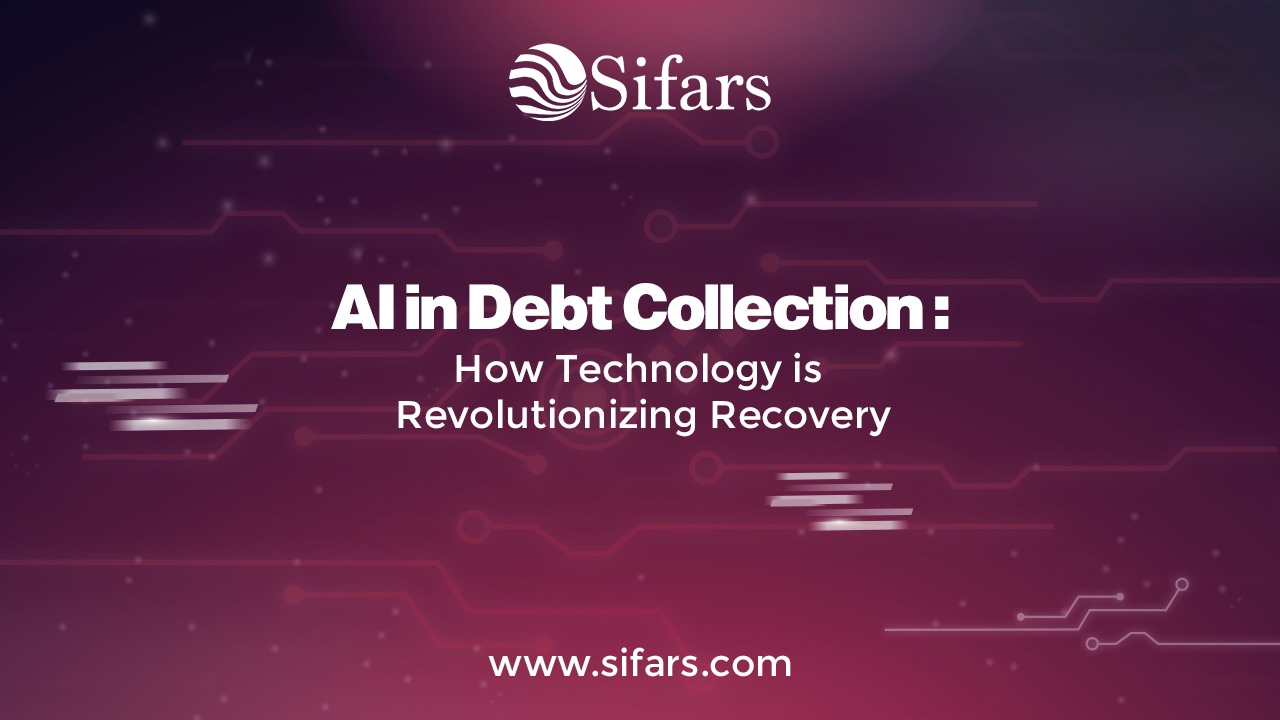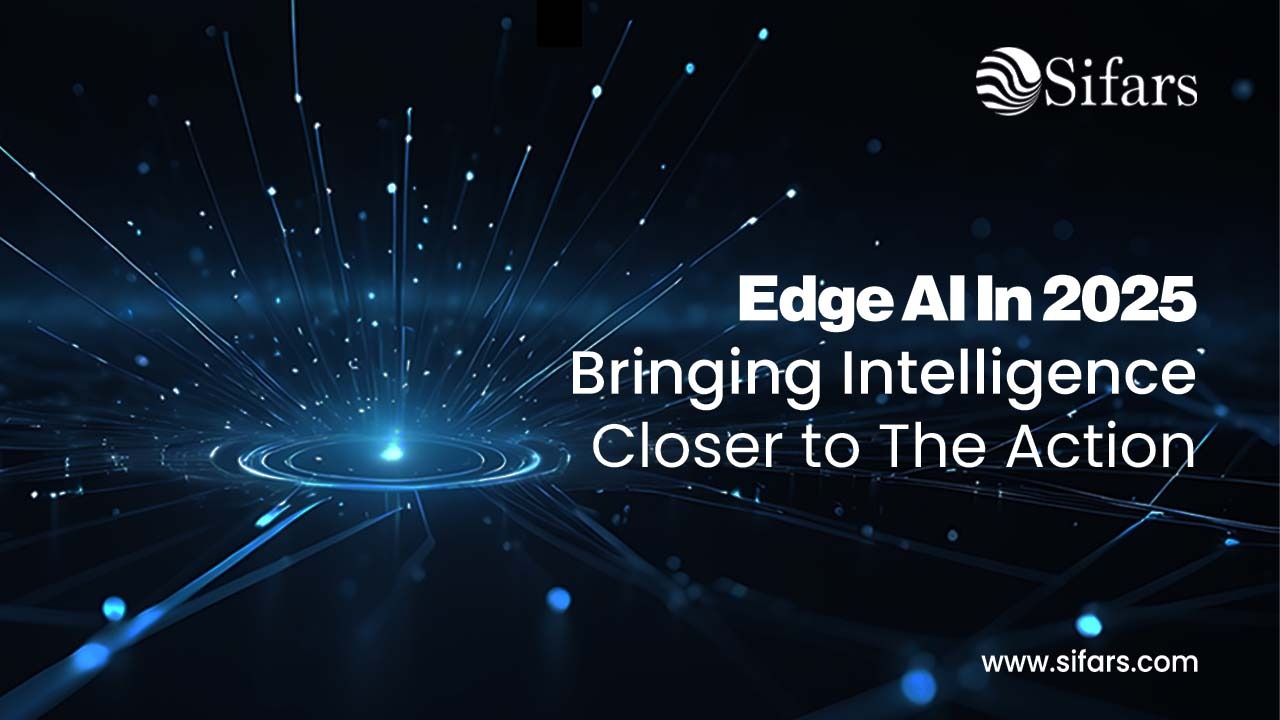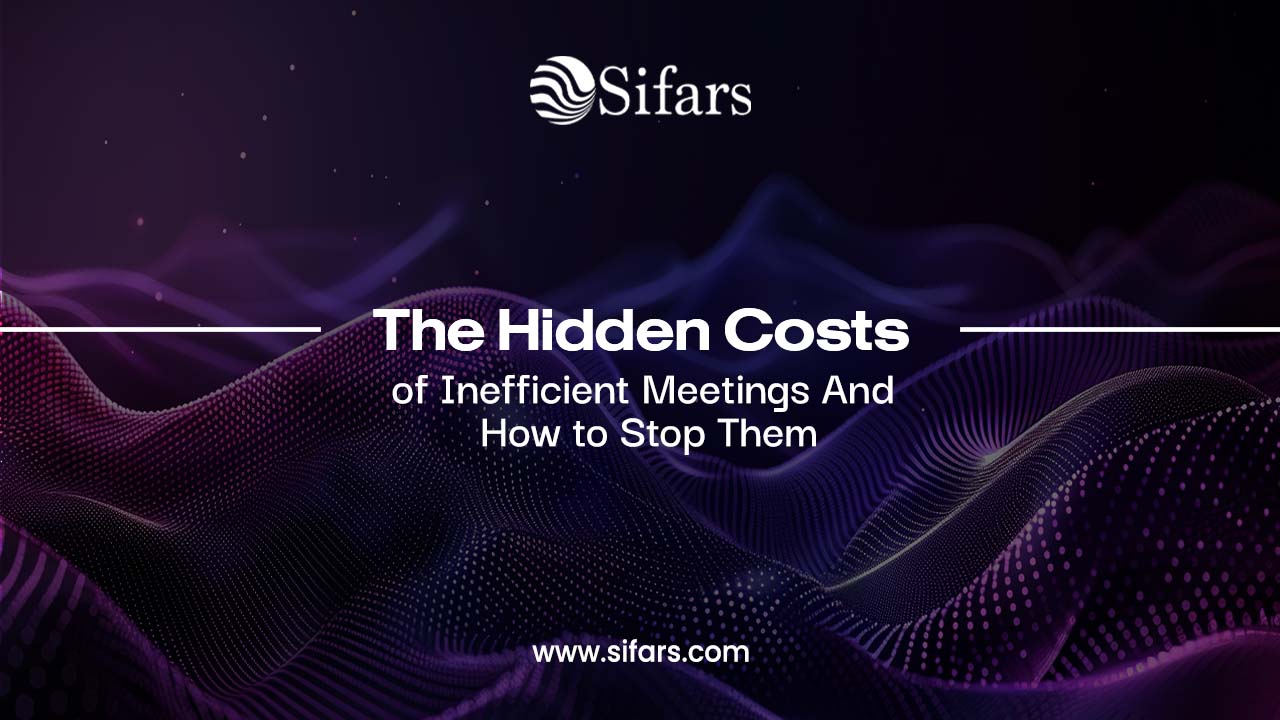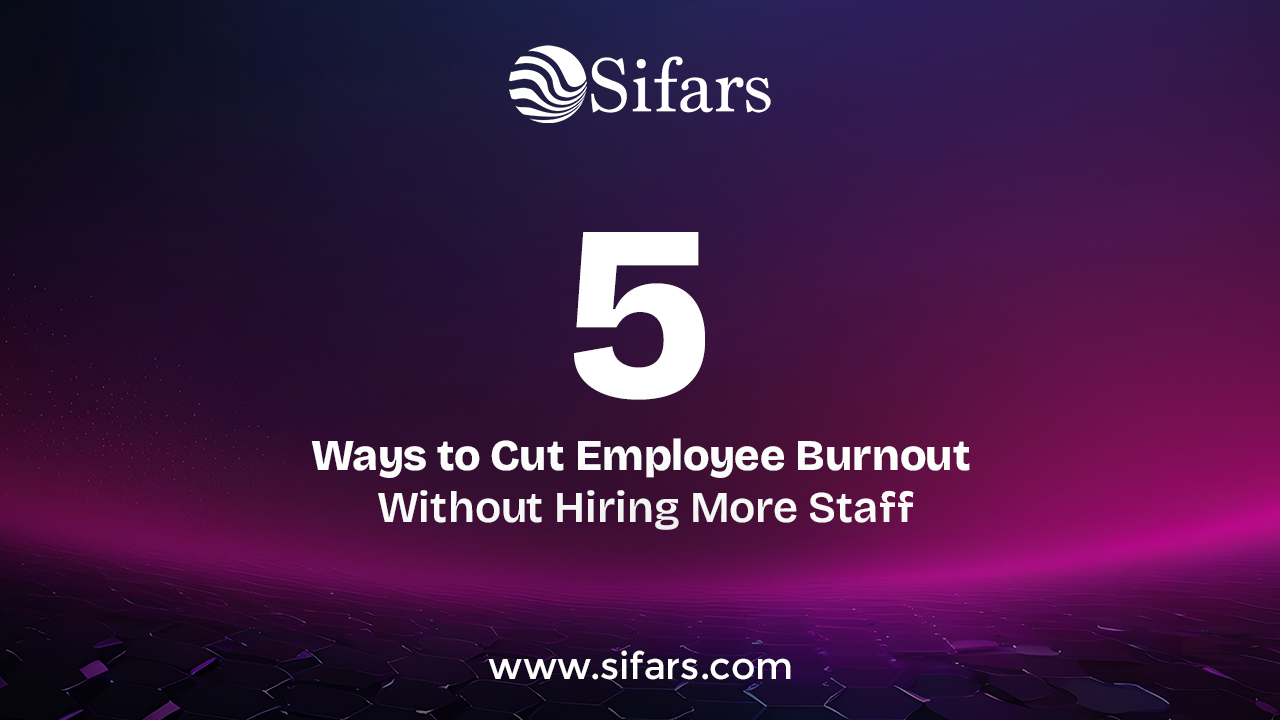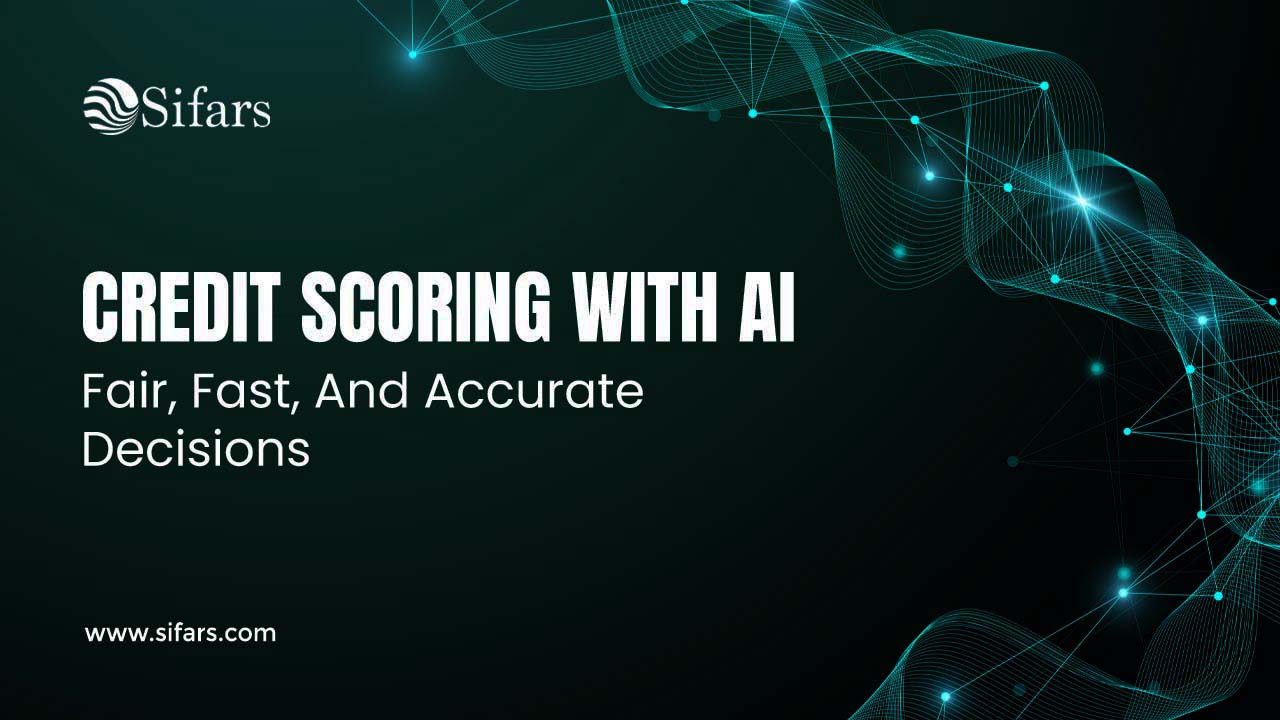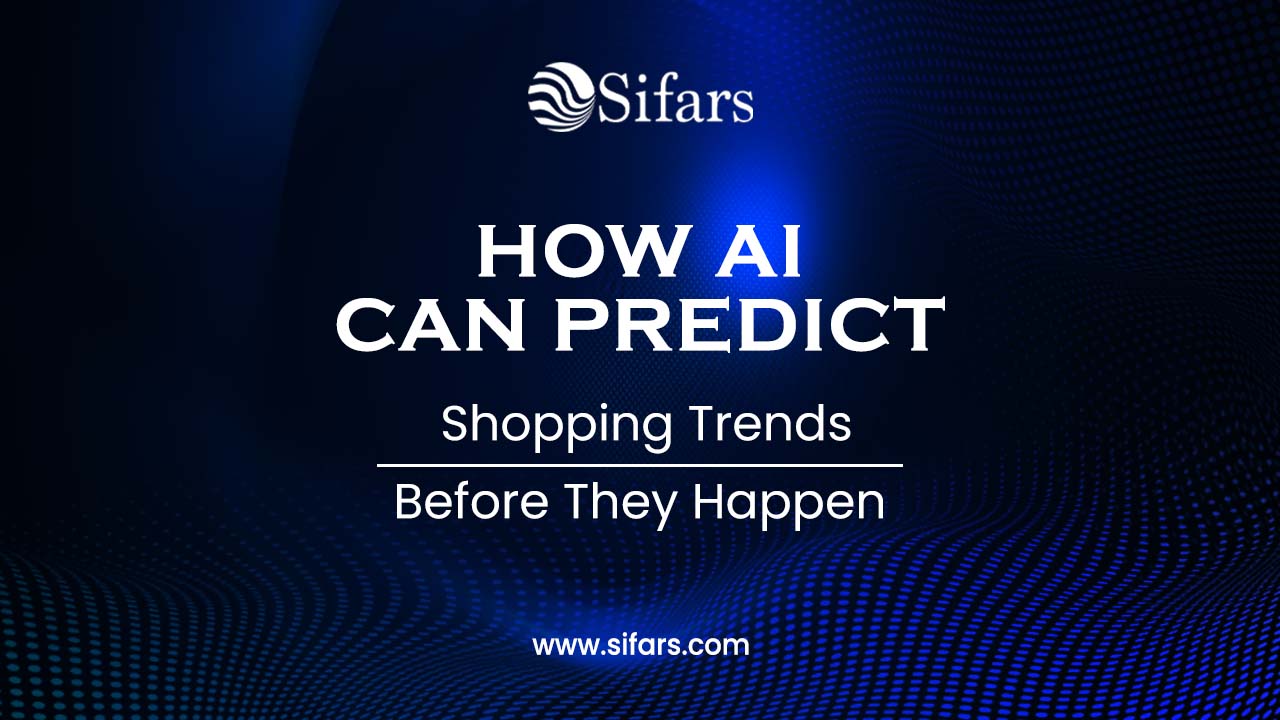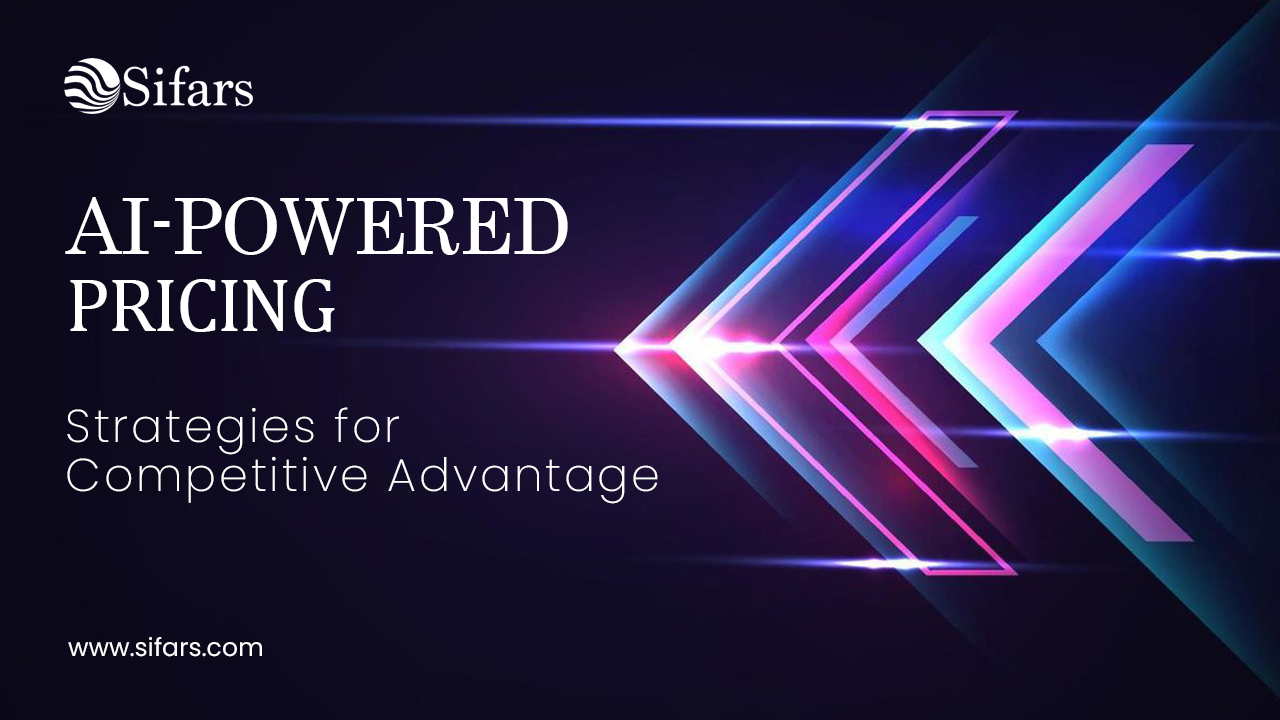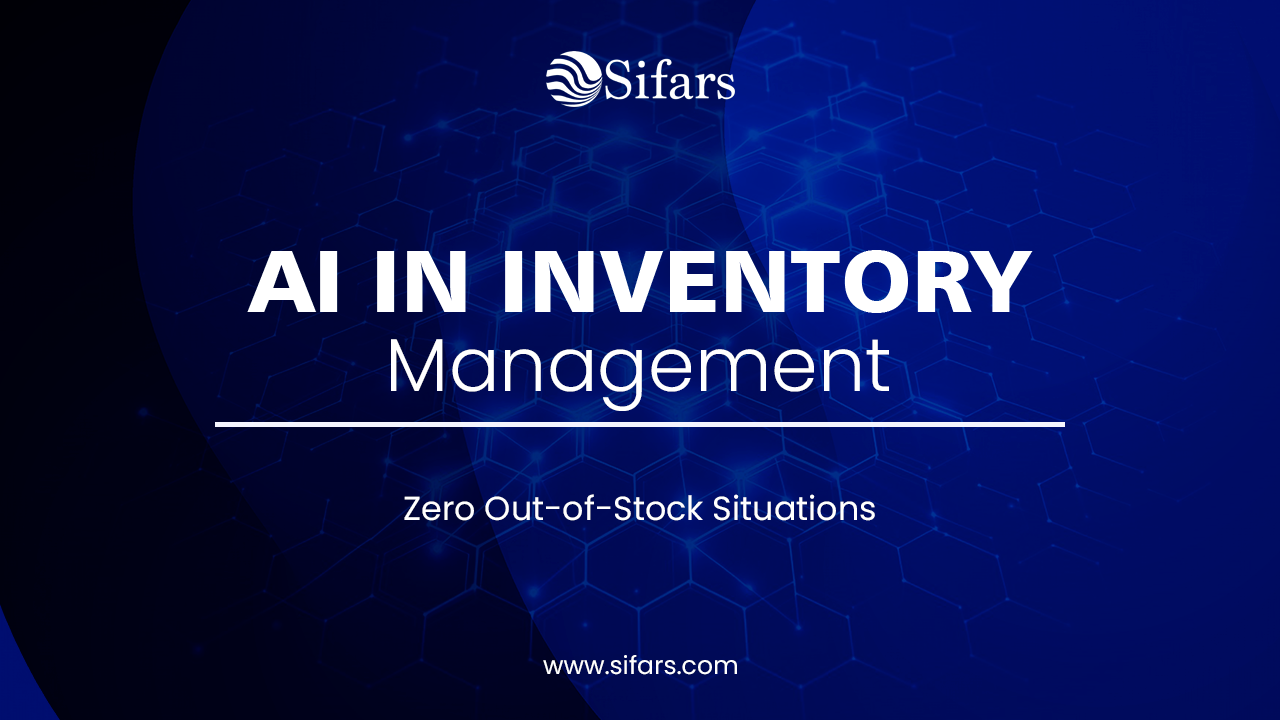The Pain of Traditional Debt Collection
Debt collection has long been dreaded—by creditors and debtors alike. The traditional methods—cold calls, endless reminders, manual follow-ups—are time-consuming, inefficient, and often ineffective. For businesses, slow recovery cycles mean cash-flow challenges, resource drain, and increasing risk of bad debt. For debtors, generic messaging and relentless contact can feel impersonal and overwhelming.
But what if debt collection could be transformed from a reactive nuisance into a proactive, humane, and efficient process? Enter AI in debt collection—leveraging predictive analytics, machine learning, and personalization to recalibrate the balance. Rather than one-size-fits-all contact strategies, AI enables timely, relevant, and optimized interventions, elevating recovery rates while preserving customer relationships.
This blog explores how AI is reshaping debt recovery with actionable examples, real-world data, and a roadmap for businesses to implement AI solutions in collection workflows. At the end, you’ll understand how Sifars helps bring AI-powered collection strategies to life.
1. The Challenges of Legacy Debt Collection Systems
1.1 Manual, One-Dimensional Approaches
Traditional teams rely on call logs, reminder workflows, or scripts—with little agility to vary tone, channel, or timing. This one-dimensional approach often fails to resonate with diverse debtor profiles.
1.2 Low Recovery Rates and High Cost
Industry benchmarks show manual collection methods often underperform—yielding low recovery rates amid rising operating costs and staff burnout.
1.3 Poor Customer Experience
Generic communication can alienate debtors, leading to disputes or prolonged non-payment. Rebuilding these relationships is expensive and time-intensive.
1.4 Static Schedules, Reactive Tactics
With no predictive capability, collectors wait until accounts are seriously overdue—missing opportunities for proactive intervention that could improve outcomes.
These factors create friction, inefficiency, and missed opportunity—signaling a pressing need for smarter, AI-powered solutions.
2. How AI Transforms Debt Collection
2.1 Predictive Segmentation and Prioritization
AI models segment debtors based on likelihood of payment, risk level, and communication preferences—allowing targeted, prioritized contact strategies. Instead of uniform outreach, AI helps determine the optimal time, channel, and tone for each debtor.
2.2 Millisecond Credit Scoring for Collection Rules
Machine learning algorithms continuously update models with real-time repayment behavior, enabling dynamic credit scoring. This allows hyper-responsive decisioning, escalation, or payment arrangement offers to occur immediately.
2.3 Omni-Channel Outreach Automation
AI can orchestrate multi-channel campaigns—tailoring touchpoints across SMS, email, voice, or WhatsApp based on debtor behavior. Combined with adaptive messaging, this builds contextual and empathic engagement.
2.4 Chatbots and Virtual Assistants
Using natural language understanding, AI-powered assistants can negotiate payment plans, flag disputes, and provide policy guidance—without involving human agents. This speeds resolution while reducing staff workload.
2.5 Dynamic Treatment Paths
Instead of static escalation ladders, AI engines shift treatment based on engagement signals. If a debtor responds to a text, the system transitions to gentle reminders; if ignored, escalation occurs via phone call or a more urgent tone. These capabilities define machine-learning-driven debt collection systems, enabling proactive, empathetic, and results-oriented workflows.
3. Real-World Examples and Evidence
- Experian uses AI algorithms to determine which debts are most likely to convert with which message types—resulting in significantly improved recovery rates.
- A fintech lender implemented predictive scoring and recovered 40% more overdue accounts within 30 days— thanks to personalized digital outreach.
- A large telecom operator reduced manual contact time by 30% by deploying conversational AI chatbots that handled payment queries and installment setup autonomously.
These case studies highlight not just improved efficiency—but also better customer perception and financial outcomes.
4. The Core Benefits of AI-Powered Debt Recovery
- Increased Recovery Rates
Personalization and prioritization drive higher engagement and conversion, delivering higher ROI than uniform efforts. - Operational Efficiency
Automation reduces repetitive workload, allowing agents to spend time on complex cases. - Better Debtor Relationships
AI enables more humane, considerate, and context-aware interaction—reducing friction and backlash. - Scalability and Cost Savings
With AI, collected accounts scale without correspondingly inflating headcount or expenses. - Continuous Improvement
Machine learning models refine themselves as new data arrives, improving outcomes over time.
5. How to Get Started: A Practical Roadmap
- Define Recovery Goals : Recovery rate targets? Reduced cost per recovery? Improved customer retention? Start by defining objectives.
- Aggregate and Clean Data: Combine transaction histories, communication logs, and external data into an integrated platform.
- Pilot in a Controlled Segment: Choose a test portfolio to compare outcomes (AI vs traditional approach).
- Deploy Predictive Outreach: Launch AI-driven segmentation and personalized messaging in pilot module.
- Measure Behavioral and Financial Outcomes: Track increases in response rate, payment collections, and reductions in aging.
- Scale Up: Based on ROI, expand AI systems across segments while iteratively optimizing models.
- Maintain Governance and Ethics: Ensure fairness, bias mitigation, and regulatory compliance in automated recovery workflows.
6. Common Concerns—and How to Address Them
- Risk of Perceived Harassment– Maintain respectful voice and frequency; post-pilot feedback can guide tone.
- Regulatory Compliance– Log all communications and maintain audit trails; use explainable AI where required.
- Data Privacy Concerns– Ensure data is secure, encrypted, and handled per regulations (e.g., GDPR, CCPA).
- Customer Fragmentation – Personalization reduces friction, but systems must respect channel preferences and avoid over-communication.
7. Future Innovations in AI Debt Collection
- Emotion-Aware Outreach– Detect debtor frustration or tone from responses—adjust follow-up strategy accordingly.
- Generative Dialogue Agents– AI that holds complex, context-rich debt conversations—scheduling payments, negotiation, dispute resolution.
- Federated AI Trends– Cross-industry learning networks to enhance risk modeling without exposing customer data.
- Reinforcement Learning for Path Optimization– AI that evolves collection strategies through trial-and-error and outcome-based feedback loops.
Smarter, More Compassionate Recovery
Inefficient debt collection costs money—but outdated systems cost relationships. With AI-driven debt collection, businesses gain a system that is fast, fair, and agile. By leveraging predictive analytics, conversational AI, and dynamic segmentation, companies can improve recovery while maintaining customer goodwill.
At Sifars, we help businesses implement AI solutions tailored for intelligent debt recovery. From onboarding predictive analytics tools to integrating chatbots and compliance AI frameworks—we deliver the technology and strategy needed to overhaul debt management and unlock better financial outcomes.
Ready to see how AI can transform your collection operations—without sacrificing customer experience? Let’s connect and build smarter recovery systems, together.
FAQs
1. How does AI improve debt collection rates?
AI boosts collection outcomes by segmenting accounts, personalizing outreach, automating reminders, and predicting repayment behavior—leading to significantly higher recovery rates.
2. Is AI debt collection compliant with regulations?
Yes—when implemented with transparency, fairness, and auditability. Explainable AI and secure, logged communication ensure compliance with consumer protection laws.
3. Can small businesses use AI in collection?
Absolutely—and affordably. Scalable AI tools and automation platforms allow smaller operations to benefit from smart collection workflows without large overhead.
